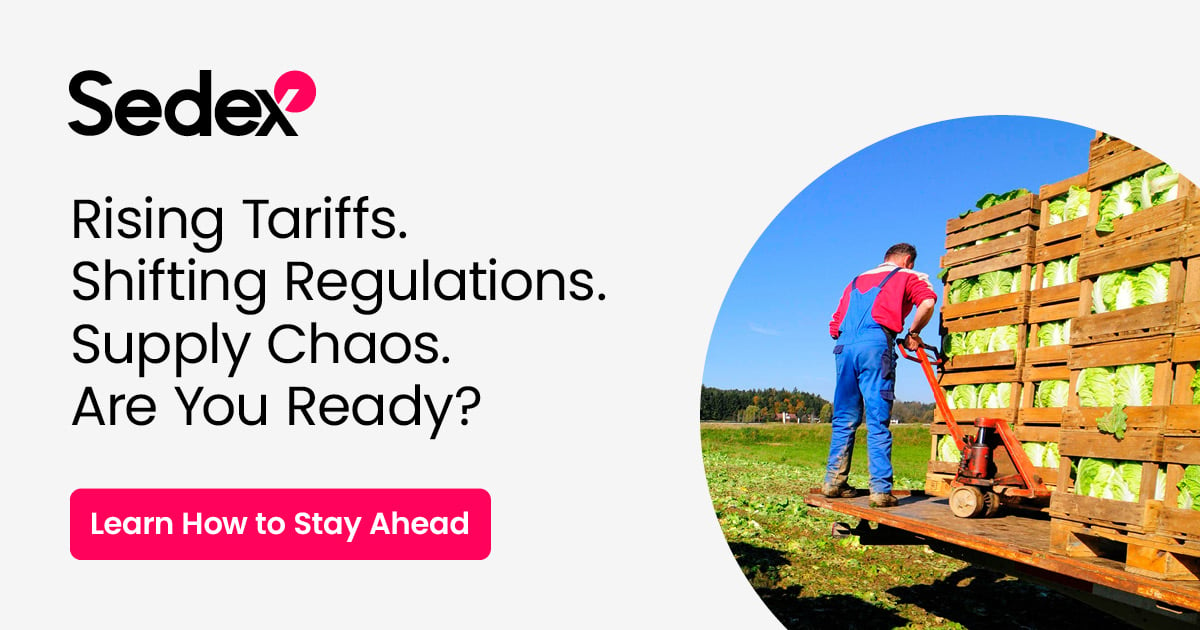Top 3 Risks You're Missing Without Site-Level Supply Chain Data
When it comes to supply chain sustainability, what you don’t know can hurt you. Headquarters-level data might give you a high-level view of policies and systems, but it doesn’t reflect what’s really happening on the ground—where the risks are.
In our recent Sedex webinar, “Why Headquarters Data Is Just Not Quite Enough,” experts from Sedex and Verdantix explained why relying only on HQ data can leave your business exposed. From hidden labour violations to regulatory blind spots, here are the top 3 risks you could be missing without site-level data, and what you can do about them.
1. Hidden compliance issues that can’t be seen from HQ
Headquarters data tends to show what should be happening in areas like corporate policies and documented processes. But it doesn’t show how those policies are applied at supplier sites.
As Clare Fitton, SMETA Evolution and Impact Lead at Sedex, explained:
“Headquarters data in practice is not enough… it’s very much about what policies and processes are in place. Site-level data shows how they actually function when they’re live.”
Without site-level visibility, businesses could be missing serious issues like:
- Unsafe working conditions
- Workers’ rights violations
- Environmental non-compliances
- Fire safety or equipment risks
These are real, material risks that can disrupt operations, damage reputations and lead to legal consequences. Site-level data helps uncover them before they become costly problems.
2. Reputational and regulatory risk
With regulations tightening and ESG expectations rising, relying on broad, top-down data is no longer enough. New laws like the EU Corporate Sustainability Due Diligence Directive (CSDDD) are demanding evidence, real, context-rich data that shows what’s happening at the ground level.
Clare Fitton shared the impact of missing this:
“You’ll be missing actual insights into where there are abuses of workers’ or environmental rights. That kind of detail only comes from site-level data.”
If you’re only looking at HQ data, you risk:
- Missing key red flags in your supply chain
- Falling short of reporting and audit requirements
- Damaging your brand’s credibility through unverified claims
Site-level data—collected through worker interviews, site visits and document reviews, brings much-needed transparency to your supply chain.
3. Missed chances to improve and engage suppliers
Site-level data doesn’t just highlight risks, it also helps build better relationships with suppliers. For example, collecting gender-disaggregated data can uncover hidden inequalities and guide meaningful improvements.
Clare shared one powerful example:
“In India, we found that 63% of the workforce at audited sites were women, but only 15% held supervisory or managerial roles. That tells us there are fewer opportunities for advancement for women workers.”
Insights like these can help reduce turnover, improve conditions and drive long-term impact. They also support collaboration. As Elisa Molero from Verdantix pointed out:
“Once you’ve done the internal work, you need to involve the supplier. Your sustainability goals depend on your supply chain, so they need to be realistic and co-owned.”
That kind of partnership starts with clear, practical insights from site-level data.
In summary: Data that reflects reality, not just policy
Headquarters data shows your intentions. Site-level data shows your impact. If you want to manage risk, meet regulations and improve conditions across your supply chain, you need both.
Sedex provides the tools and expertise to help businesses collect and act on site-level data. Our SMETA audits and self-assessment questionnaires give you the detailed insights you need to drive meaningful change.
Want to see what’s really happening in your supply chain?
Get in touch to find out how Sedex can support your sustainability goals.




